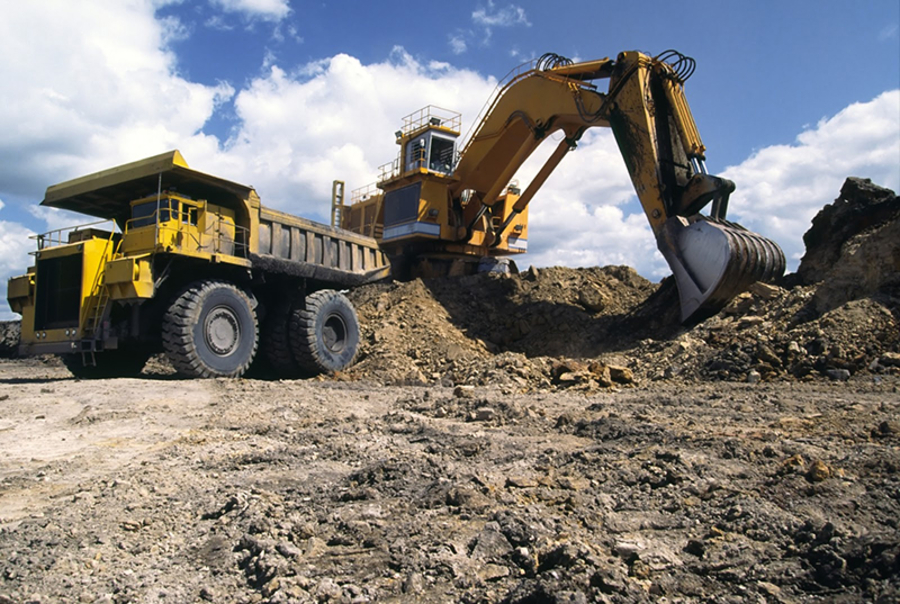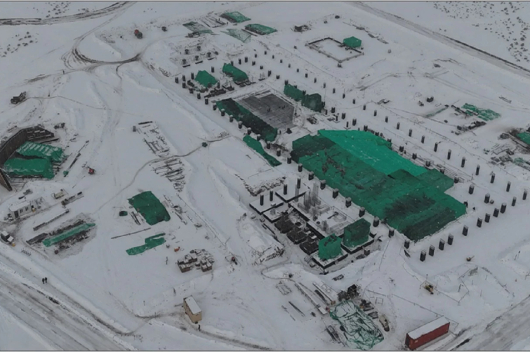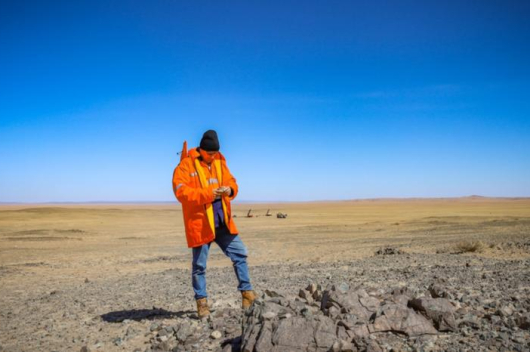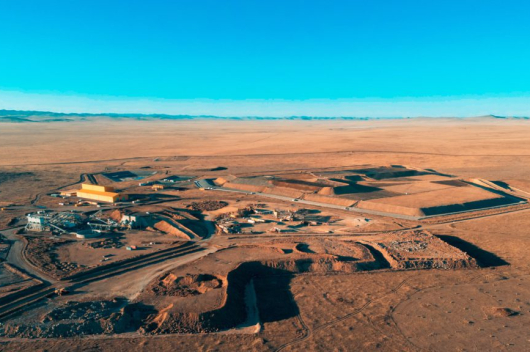In most countries, extractive companies are required to apply for and hold an exploration or mining license prior to carrying out any exploration activities on land. Mongolia utilizes a licensing regime, which means that “all rights and obligations are the same for any license holder, regardless of the resource mined, the entity type, or the origin of the investment”[1]. In reality, Mongolia accepts two types of exceptions, the type of resource (petroleum, radioactive materials and construction materials) and the size of an operation (i.e. small-scale mining in an effort to formalize artisanal mining in 24 provinces). Given the importance of extractive industries in the country’s economy, Mongolia has been making continuing efforts to improve its legal environment according to global standards and best practices. The parliament amended certain articles of the Minerals Law of 2006 (Minerals Law) in October 2017 to modify the license attribution procedures. Transparency International Mongolia states in their Mineral Licensing Corruption Risk Assessment that, “some of the requirements are formalized and are appropriately and sensibly applied to most license-holders, but most are applied incoherently, particularly at the provincial level. Most of the executed contracts and permits are not publicly accessible.”[2] License attribution procedures and beneficial ownership are not always transparent, leading to bribery, conflict of interest, corruption, resource mismanagement and loss of livelihood for indigenous populations. Women, marginalized groups and local populations are too often underrepresented in the decision process, despite community consultation and approval being a right protected under international law and the United Nations Declaration on the Rights of Indigenous Peoples (UNDRIP).
The Australian Victoria State Government Agency published complete guidelines to help licensees and license candidates through their application, which prove to be a wonderful source of information for civilians as well.[3] Their example can benefit Mongolia’s policy to improve the accountability and the transparency of license attribution and approval processes, where corruption starts.
The Australian government allows applications for four types of license, exploration, retention, mining and prospecting[4], whereas Mongolia only differentiates exploring and mining licenses. An exploration license allows its holder exclusive rights to explore for specific minerals. However, companies are prohibited to use equipment (other than non-mechanical hand tools) or explosives to excavate on the land, and to remove or damage trees and shrubs. Optional, a retention license can be granted for ten years between the exploration and mining stages, when a mineral resource has been identified but more time is necessary to conduct further evaluation work, planning, or establish the economic or technical viability of mining the land. A mining license enables the holder to work the ground, excavate and extract minerals. Prospecting licenses allow prospectors and small-scale miners to explore or mine in an area less than 5 hectares. In Australia, the process to apply for an exploration license starts with an application form that includes the company details, expertise and experience in mining, the project details, the funding, etc. If there is no competition, the applicant obtains the highest ranking. Otherwise, the agency will analyze each applicant’s merit and ability to meet certain requirements to determine the highest ranking. After this phase, the applicant who obtained the position must advertise their application to notify the public of their intentions to provide the opportunity for objections. It shows from the government an imperative for prospectors to be transparent and engage communities even before their application is accepted or denied. During that phase, the Ministry assess that the application meets the criteria of having an appropriate program of work, being
able to finance the proposed work and rehabilitation, and being a fit and proper person to hold a license[1].
As for Mongolia, according to the Extractive Industries Transparency Initiative (EITI), “mining licenses are awarded on a ‘first come first served’ basis.”[2] Granting a license through application represents a corruption risk as it is the initial stage. The interests of companies to obtain exploration license is high because it provides the right to apply for the mining license on a priority basis. However, information about eligibility of the applicant and to which extent they meet the requirements is not transparent nor available to other parties, such as local authorities who are required to approve of the application (such as the governors of the Aimag and the Soum).
The Fit and Proper Person Policy[3]
The “Fit and Proper Person” concept is integrated in numerous international and national legislation. This policy sets out the moral and conduct standards that will be considered by the Minister for Resources (or Ministerial delegate) in assessing a license applicant’s status as a ‘fit and proper person’, under the Mineral Resources (Sustainable Development) Act 1990 (MRSDA) in the Victorian State. This assessment is required in order to be granted a license of any type (exploration, retention, mining or prospecting license). If an applicant or license holder fails to meet these requirements, the license must not be attributed or must be cancelled. “The MRSDA establishes a legal framework to eliminate or minimize risks posed to the environment, to members of the public or to land, property or infrastructure.”[4]
Different factors are considered to assess the trustworthiness of an applicant’s status as a fit and proper person, such as their professional experience, professional ethics and behavior, respect of legal framework, norms and regulations, etc. “Assessing a person’s status as a fit and proper person involves considering their overall suitability to carry out a proposed activity and takes meaning from its context. This typically includes considering a range of relevant factors, such as the activities in which the person will be engaged, the nature of the activities and how the activities are regulated. A range of other factors is often taken into consideration to assess a person’s overall status as a fit and proper person to undertake an activity, including the seriousness of previous unacceptable behaviors (including resultant harms and penalties), singular or repetitive patterns of unacceptable behaviors, reformed behaviors, mitigating circumstances and time elapsed.”[5] The implementation and the respect of these high standards aim at ensuring that “only those persons with the appropriate expertise, professional integrity and high standards of personal behavior are authorized to undertake certain types of activities, in the public interest.” As such, it is not a fixed, one-time-only evaluation. License holders may need to submit updated information to inform the assessment of their continuing status as a fit and proper person.
Accountability and transparency of the mining sector would greatly benefit from a stricter policy regarding applicants’ backgrounds and their expertise to undertake projects that are potentially harmful for the environment, people livelihood and fundamental human rights. The Victorian Government’s Fit and Proper Person policy provides a good example of how countries can implement and apply higher standards to combat corruption from the early stages off a mining project.
RESEARCHER O.BATBAYAR
 3,575.44
3,575.44













Related News